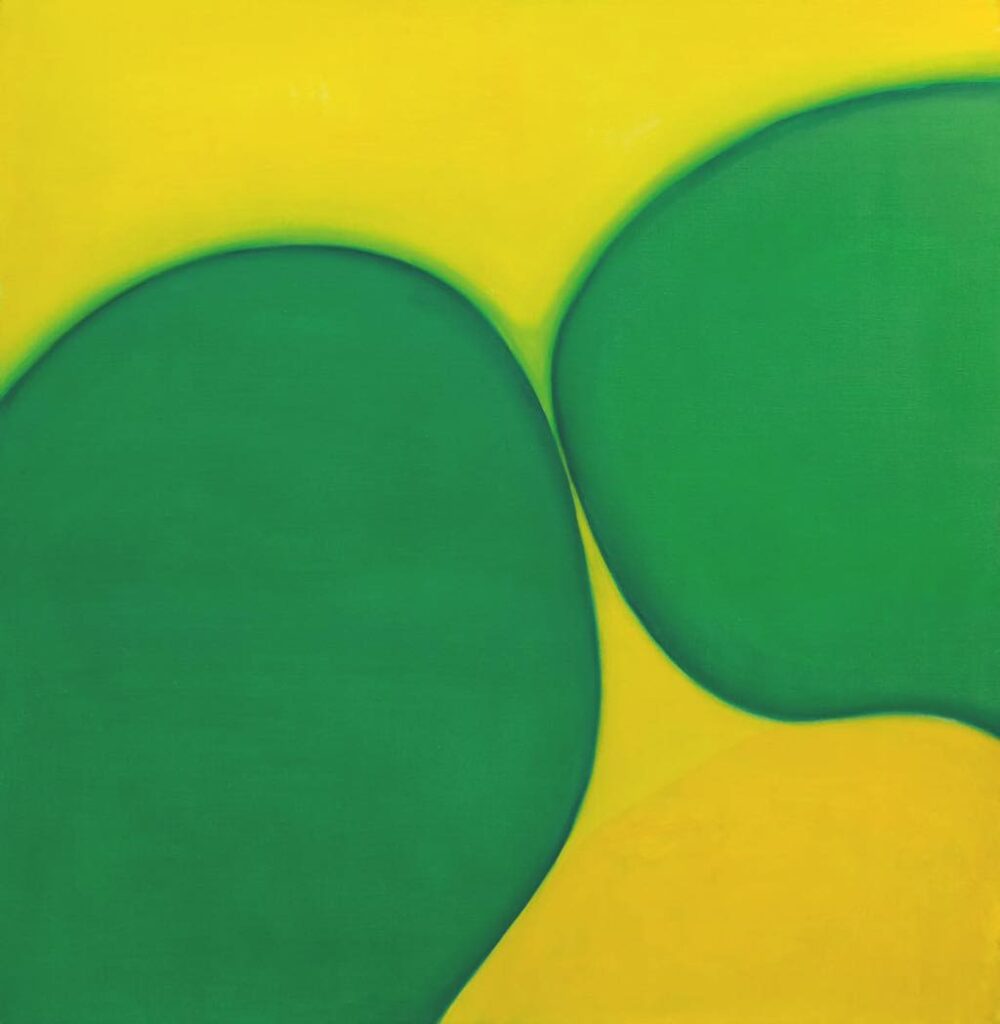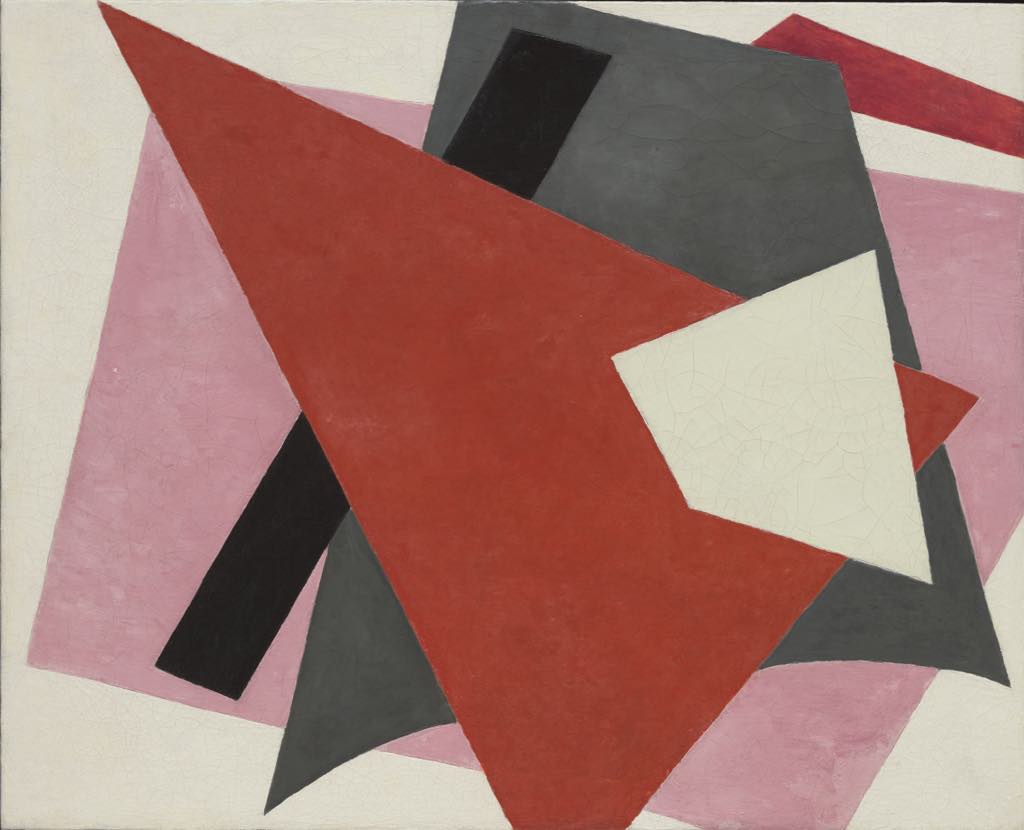
Ideally, there would be no need for all-women exhibitions of art that make a special case for – and risk ghettoizing or condescending to – women artists; women would simply be included in sufficient numbers in all group shows and permanent collections. Some commentators are calling for an end to such segregated shows, but the exhibition “Elles Font l’Abstraction” (“Women in Abstraction”) at the Centre Pompidou in Paris convinced me that there is still a place for them. Why? Because there are still so many women artists who have been neglected, scorned or just completely forgotten. Reparations are still needed before the new normal – in which women artists are naturally acknowledged, respected and included in both temporary and permanent exhibitions – can be fully realized.
This was recently demonstrated by the exhibition “Women Painters: 1780-1830” at the Musée du Luxembourg, full of talented pre- and post-French Revolution women artists most of us had never heard of. The same is true, but perhaps to a lesser extent, of the female abstract artists in the Pompidou show.

Some well-chosen quotes illustrate what women were up against in the art world, especially in the macho realm of abstraction. “This painting is so good you’d never know it was done by a woman,” said Hans Hofmann in 1937 of a work by Lee Krasner, who was a well-known painter before she married Jackson Pollock and spent much of her time promoting his work. Krasner was also the target of Barnett Newman’s remark, “We don’t need dames,” referring to the all-male social clubs for artists in New York City bars.
The exhibition starts with portraits of all the women artists included in the show. I guess that’s a way of giving them a face in the art world, but isn’t it their work that counts? Then comes the work of four women who were accidental pioneers of abstraction. Followers of various spiritual practices, they believed they were simply channeling their symbolic, figure-free paintings on orders from higher powers.
The whole first room is devoted to the delicately colored, hypnotic work of 19th-century spiritualist medium Georgiana Houghton (I had never heard of her before). Also present is Hilma af Klint, whose striking abstract paintings, produced in the early 20th century, long before Vasily Kandinsky and other men got around to “inventing” abstraction, are better-known thanks to recent exhibitions of her work in major museums.
So many artists – 106 – are included in the exhibition that it becomes overwhelming, and one begins to wish that rather than showing so many of them, the museum would hold more solo shows spotlighting individual artists. A section on British sculptor Barbara Hepworth reminded me of a revelatory exhibition on her held at the Musée Rodin in 2019; the few pieces shown here cannot have the same impact, although, to the museum’s credit, most of the artists included in this show are represented by a small group of works rather than just one.

The massive show sometimes gets bogged down in detail but gets more and more interesting as it goes along. Following sections on women artists’ contributions to dance, theater and textile arts (long considered, of course, a “women’s art” but today being incorporated into the work of all kinds of artists), there are sections on every imaginable variation on abstraction, from computer-generated and process-based to political and cosmological. The exhibition is nothing if not thorough.
While there are many familiar and deserving names here – Natalia Goncharova, Liubov Popova, Sonia Delaunay (referred to here as Sonia Delaunay-Terk), Sophie Taeuber-Arp, Louise Bourgeois, Joan Mitchell, Helen Frankenthaler, Judy Chicago, Bridget Riley, etc. – there are many more that were a pleasure to discover, especially non-Western artists like Irene Chou, whose paintings incorporated both Asian and Western influences; Saloua Raouda Choucair, considered the first abstract painter in Lebanon; and Huguette Caland, a U.S.-based Lebanese painter.
This is not the first time the Centre Pompidou has focused on women: in 2009, a rehang of the permanent collection, titled “elles@centrepompidou,” featured only works by women artists. It came down in May 2010, but here we are again today with an all-women show. Maybe it is finally time to move on.
Favorite